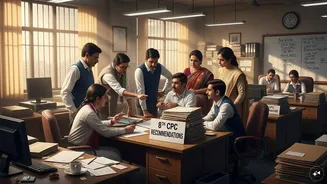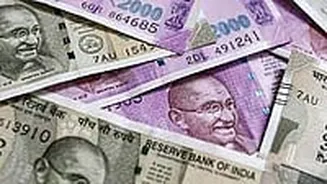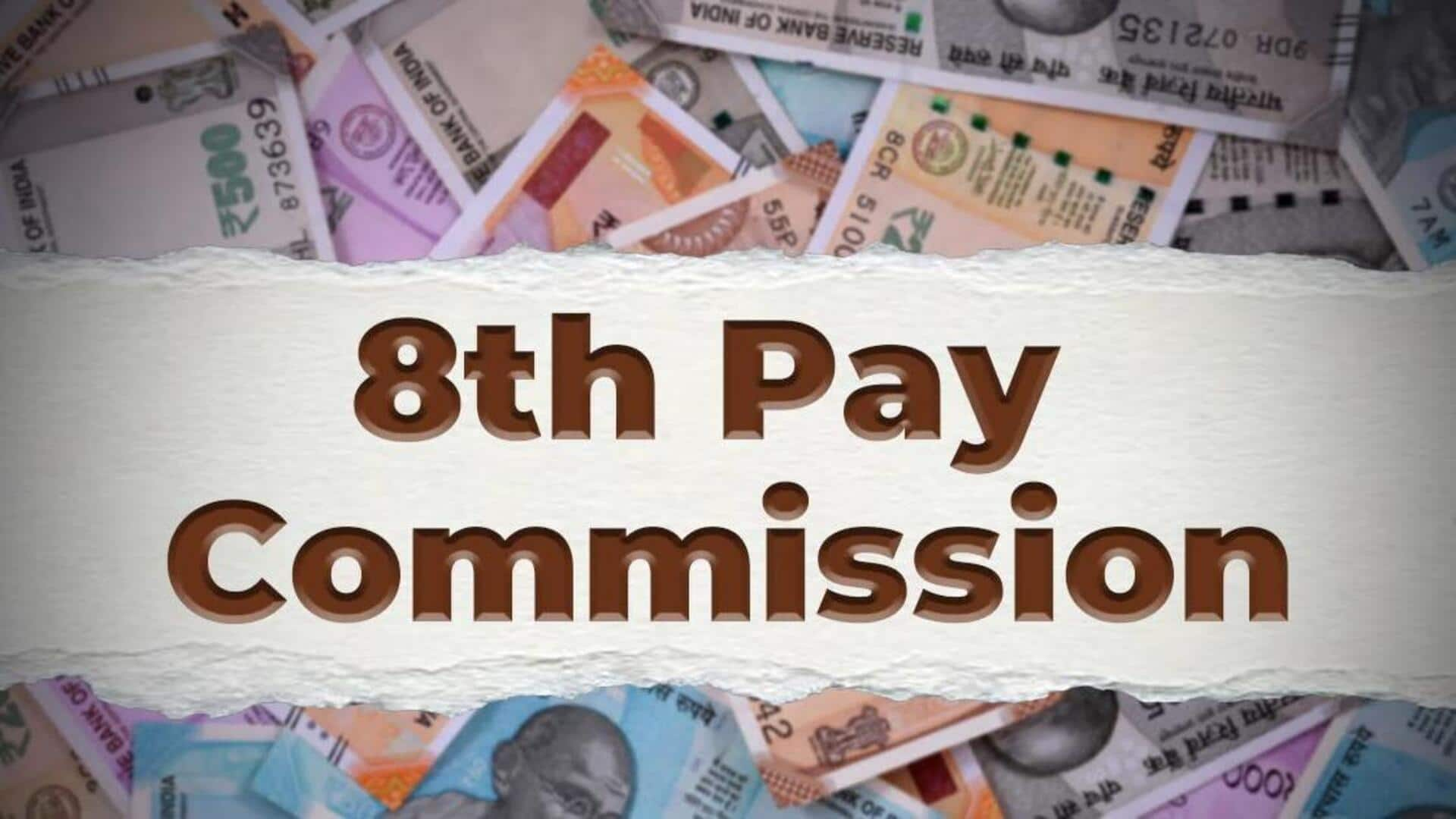What is the story about?
The Union Cabinet on Tuesday approved the Terms of Reference (ToR) for the 8th Central Pay Commission (CPC), paving the way for the next revision in salaries, allowances, and pensions for central government employees and retirees.
The commission will be chaired by former Supreme Court Justice Ranjana Prakash Desai and is expected to submit its recommendations within 18 months.
The 8th CPC will review the existing pay structure and suggest changes to ensure parity, fairness, and fiscal balance. Its recommendations will impact nearly 50 lakh central government employees, including defence personnel, and about 69 lakh pensioners.
The commission’s recommendations are expected to take effect from January 1, 2026. The government had announced in January 2025 its decision to set up the panel to revise pay and allowances.
According to the Cabinet, the 8th CPC will consider five key factors while framing its report:
The commission will comprise Justice Ranjana Prakash Desai as chairperson, one part-time member, and one member-secretary. It will have 18 months from its constitution date to submit a final report, along with an interim report to the government.
Union Minister Ashwini Vaishnaw said the implementation date will be finalised after the interim report but is “mostly expected to be January 1, 2026.”
While official pay slabs are yet to be revealed, projections based on a possible fitment factor of 2.86 suggest that salaries could rise by up to ₹19,000 per month.
For instance, a mid-level government employee earning ₹1 lakh per month may see a pay increase depending on the budget allocation:
With a ₹1.75 lakh crore allocation → ₹1.14 lakh/month (14 per cent rise)
With a ₹2 lakh crore allocation → ₹1.16 lakh/month (16 per cent rise)
With a ₹2.25 lakh crore allocation → ₹1.18 lakh/month (over 18 per cent rise)
According to reports, the commission is expected to be constituted by April 2025, and its recommendations may be implemented between 2026 and 2027.
The fitment factor—which decides how salaries and pensions are multiplied under the new structure—will be central to the commission’s work.
The 7th Pay Commission, implemented in 2016, had used a 2.57 fitment factor, resulting in a 157 per cent hike, raising the minimum basic pay from ₹7,000 to ₹18,000.
If a similar factor is applied this time, the minimum salary could rise to ₹46,260 per month, and the minimum pension to ₹23,130. However, former Finance Secretary Subhash Chandra Garg believes a more conservative 1.92 factor may be more realistic—still delivering a 92 per cent hike, taking the minimum basic pay to ₹34,560.
The commission will be chaired by former Supreme Court Justice Ranjana Prakash Desai and is expected to submit its recommendations within 18 months.
What will the commission do?
The 8th CPC will review the existing pay structure and suggest changes to ensure parity, fairness, and fiscal balance. Its recommendations will impact nearly 50 lakh central government employees, including defence personnel, and about 69 lakh pensioners.
The commission’s recommendations are expected to take effect from January 1, 2026. The government had announced in January 2025 its decision to set up the panel to revise pay and allowances.
Factors to be considered
According to the Cabinet, the 8th CPC will consider five key factors while framing its report:
- The overall economic conditions in the country and the need for fiscal prudence.
- Ensuring sufficient resources for developmental and welfare spending.
- The unfunded cost of non-contributory pension schemes.
- The financial implications of its recommendations on state governments, which often adopt CPC suggestions with changes.
- The existing pay structure, benefits, and working conditions in Central Public Sector Undertakings (CPSUs) and the private sector.
Panel composition and timeline
The commission will comprise Justice Ranjana Prakash Desai as chairperson, one part-time member, and one member-secretary. It will have 18 months from its constitution date to submit a final report, along with an interim report to the government.
Union Minister Ashwini Vaishnaw said the implementation date will be finalised after the interim report but is “mostly expected to be January 1, 2026.”
How much salary hike can be expected?
While official pay slabs are yet to be revealed, projections based on a possible fitment factor of 2.86 suggest that salaries could rise by up to ₹19,000 per month.
For instance, a mid-level government employee earning ₹1 lakh per month may see a pay increase depending on the budget allocation:
With a ₹1.75 lakh crore allocation → ₹1.14 lakh/month (14 per cent rise)
With a ₹2 lakh crore allocation → ₹1.16 lakh/month (16 per cent rise)
With a ₹2.25 lakh crore allocation → ₹1.18 lakh/month (over 18 per cent rise)
According to reports, the commission is expected to be constituted by April 2025, and its recommendations may be implemented between 2026 and 2027.
Fitment factor: the key determinant
The fitment factor—which decides how salaries and pensions are multiplied under the new structure—will be central to the commission’s work.
The 7th Pay Commission, implemented in 2016, had used a 2.57 fitment factor, resulting in a 157 per cent hike, raising the minimum basic pay from ₹7,000 to ₹18,000.
If a similar factor is applied this time, the minimum salary could rise to ₹46,260 per month, and the minimum pension to ₹23,130. However, former Finance Secretary Subhash Chandra Garg believes a more conservative 1.92 factor may be more realistic—still delivering a 92 per cent hike, taking the minimum basic pay to ₹34,560.
Do you find this article useful?
















